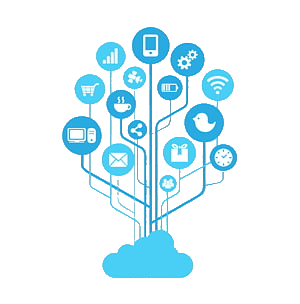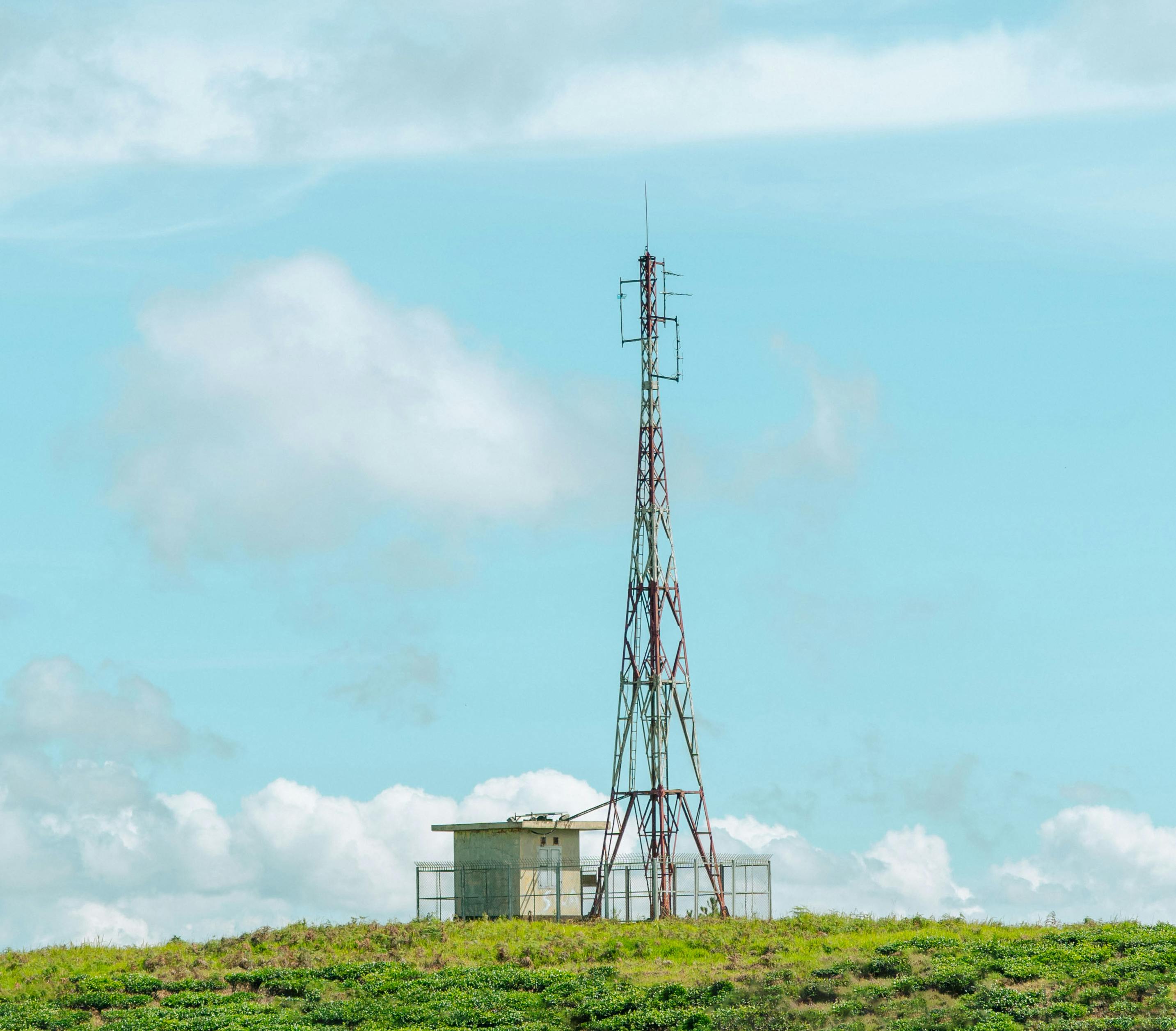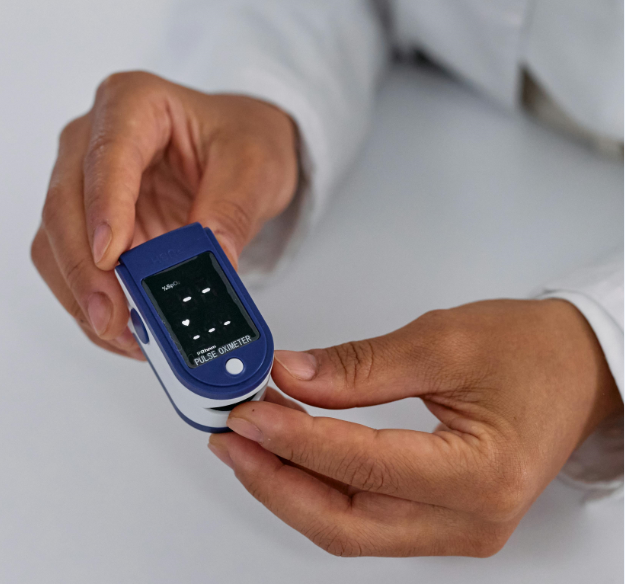Introduction
The Internet of Things (IoT) is revolutionizing how individuals and businesses interact with technology. IoT refers to a vast network of interconnected devices that communicate with each other over the internet to collect, analyze, and exchange data in real-time. This technological advancement is playing a crucial role in enhancing efficiency, automation, and decision-making across various industries, including healthcare, agriculture, manufacturing, and smart cities.
What is IoT?
The Internet of Things (IoT) is defined as a system of physical devices embedded with sensors, software, and communication technologies that enable them to exchange data over a network without human intervention (Atzori et al., 2010). These connected devices range from simple household appliances, such as smart thermostats and fitness trackers, to complex industrial machinery and autonomous vehicles. The fundamental goal of IoT is to create a seamless ecosystem where devices work together to optimize processes and improve user experiences.
Key Components of IoT
- Devices & Sensors – Physical objects embedded with sensors and actuators to collect and transmit data (Gubbi et al., 2013).
- Connectivity – Communication networks such as Wi-Fi, Bluetooth, 5G, and LPWAN enable data transfer between devices (Da Xu et al., 2014).
- Cloud Computing – Cloud-based platforms process, store, and analyze IoT-generated data for real-time decision-making (Botta et al., 2016).
- Data Analytics – Machine learning and artificial intelligence (AI) enhance IoT capabilities by predicting trends and automating responses (Zanella et al., 2014).
- User Interfaces – Applications and dashboards allow users to monitor, control, and interact with IoT systems efficiently.
How IoT Helps in Various Sectors
1. Industrial Automation and Manufacturing
Industries leverage IoT for predictive maintenance, real-time equipment monitoring, and supply chain optimization (Manyika et al., 2015). By embedding IoT sensors into machines, manufacturers can detect potential failures before they occur, reducing downtime and maintenance costs. IoT-powered automation also enhances production efficiency, ensuring optimal resource utilization.
2. Agriculture and Smart Farming
IoT-driven solutions are transforming agriculture by enhancing crop management, livestock tracking, and irrigation automation (Kamilaris et al., 2018). Smart sensors monitor soil moisture, temperature, and weather patterns, enabling farmers to optimize water usage and improve crop yield. IoT drones are increasingly being used for precision farming, pest control, and real-time field surveillance.
3. Retail and Customer Experience
Retail businesses use IoT to enhance customer engagement, improve inventory management, and personalize shopping experiences (Chopra, 2018). Smart shelves notify store managers when stock levels are low, while AI-driven recommendation systems offer personalized promotions based on customer preferences. Automated checkout systems and smart POS terminals reduce wait times and improve efficiency.
4. Transportation and Logistics
IoT plays a critical role in fleet management, vehicle tracking, and predictive maintenance (Mishra et al., 2018). GPS-enabled IoT devices provide real-time tracking of shipments, optimizing delivery routes and reducing transportation costs. Smart logistics systems predict equipment failures, ensuring timely repairs and minimizing downtime.
5. Smart Cities and Urban Planning
IoT technology is fundamental in building smart cities by improving traffic management, public safety, waste collection, and energy efficiency (Zanella et al., 2014). Smart streetlights adjust brightness based on real-time environmental conditions, while connected traffic systems reduce congestion by analyzing vehicle flow. Waste management companies utilize IoT-enabled bins to optimize collection schedules, reducing operational costs and environmental impact.
6. Healthcare and Remote Patient Monitoring
IoT has significantly improved healthcare through remote patient monitoring, smart medical devices, and automated diagnostics. Wearable sensors can track patient vitals, such as heart rate, oxygen levels, and blood pressure, providing real-time data to healthcare providers (Islam et al., 2015). IoT-enabled hospitals use connected devices to optimize inventory management, enhance patient care, and automate administrative tasks.
Advantages of IoT
- Increased Efficiency – IoT automates processes, reducing human intervention and enhancing productivity (Gubbi et al., 2013).
- Cost Reduction – Predictive maintenance and optimized resource allocation lower operational expenses (Manyika et al., 2015).
- Enhanced Decision-Making – Real-time data analysis helps businesses make informed decisions.
- Improved Security – IoT-enabled surveillance systems and smart locks enhance security in homes and businesses.
- Scalability and Flexibility – Businesses can expand IoT infrastructure as they grow, adapting to changing demands.
Challenges in IoT
-
Standardization & Interoperability Different IoT devices use various communication protocols, making integration difficult. Combining IoT with automation requires advanced machine learning models.
-
Connectivity & Network Issues IoT relies on stable internet connections, but many environments have connectivity challenges.
-
Security & Privacy Risks IoT devices are prime targets for cyber-attacks. Weak authentication and encryption make them vulnerable.
-
Scalability Challenges Ensuring seamless integration with new devices and platforms is a challenge.
Therefore, when selecting an IoT platform, factors such as scalability, security features, integration capabilities, and the specific requirements of your industry need to be considered to ensure the chosen solution aligns with your business objectives.
Why Rapidomize is the Ultimate IoT Platform for Your Business
Rapidomize is a low-code/no-code platform designed to address various challenges in the Internet of Things (IoT) domain by offering a comprehensive suite of tools and services:
1. Simplified Development and Integration
– Rapidomize enables rapid creation of backend services, APIs, and application interfaces through visual workflows and drag-and-drop builders. This approach reduces development complexity and accelerates time-to-market for IoT solutions.
2. Device Management and Connectivity
– The platform supports seamless integration with IoT devices using protocols like HTTP, WebSocket, MQTT, and TCP/IP, facilitating efficient data ingestion and communication.
3. Data Processing and Analytics
– Rapidomize offers tools for data transformation, mapping, and analysis, enabling users to process and visualize IoT data effectively. This capability aids in making informed, data-driven decisions.
4. Automation and Scheduling
– With features like batch job scheduling and process automation, Rapidomize allows users to automate routine IoT tasks, enhancing operational efficiency.
5. Security and Compliance
– The platform ensures secure data transmission with TLS-based end-to-end API security and encrypts all security keys at rest, addressing critical security concerns in IoT deployments.
With drag-and-drop workflows, real-time data processing, and robust security, Rapidomize enables businesses to launch IoT applications faster, scale with ease, and overcome interoperability challenges. Whether it’s optimizing device connectivity, automating workflows, or enhancing security, Rapidomize turns IoT complexity into simplicity—helping businesses unlock the full potential of their connected ecosystems.



